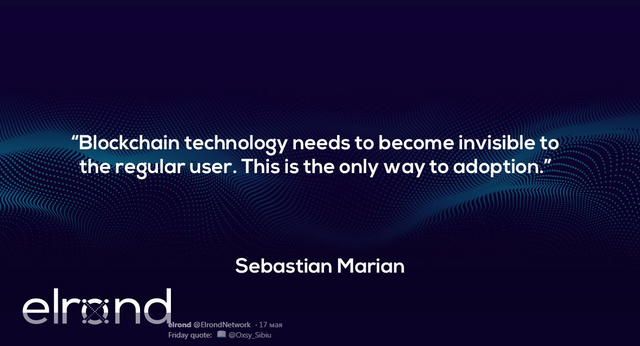Elrond. The main thing.

Abstract—The advent of secure public blockchains through Bitcoin and later Ethereum, has brought forth a notable degree of interest and capital influx, providing the premise for a global wave of permissionless innovation. Despite lofty promises, creating a decentralized, secure and scalable public blockchain has proved to be a strenuous task.
This paper proposes Elrond, a novel architecture which goes beyond state of the art by introducing a genuine state sharding scheme for practical scalability, eliminating energy and computational waste while ensuring distributed fairness through a Secure Proof of Stake (SPoS) consensus. Having a strong focus on security, Elrond’s network is built to ensure resistance to known security problems like Sybil attack, Nothing at Stake attack and others. In an ecosystem that strives for interconnectivity, our solution for smart contracts offers an EVM compliant engine to ensure interoperability by design.
Preliminary simulations and testnet results reflect that Elrond exceeds Visa’s average throughput and achieves an improvement beyond three orders of magnitude or 1000x compared to the existing viable approaches, while drastically reducing the costs of bootstrapping and storage to ensure long term sustainability.
General aspects
Cryptocurrency and smart contract platforms such as Bitcoin and Ethereum have sparked considerable interest and have become promising solutions for electronic payments, decentralized applications and potential digital stores of value. However, when compared to their centralized counterparts in key metrics, the current state of affairs suggests that present public blockchain iterations exhibit severe limitations, particularly with respect to scalability, hindering their mainstream adoption and delaying public use. In fact, it has proved extremely challenging to deal with the current engineering boundaries imposed by the trade-offs in the blockchain trilemma paradigm. Several solutions have been proposed, but few of them have shown significant and viable results. Thus, in order to solve the scalability problem, a complete rethinking of public blockchain infrastructures was required.